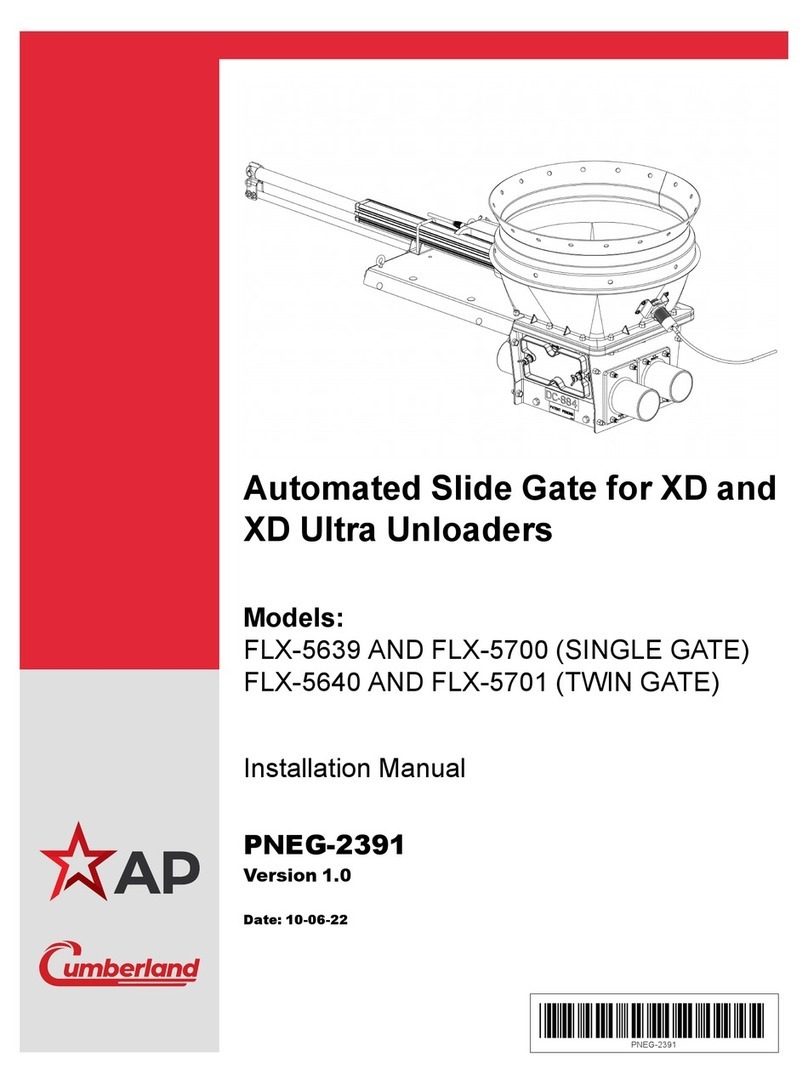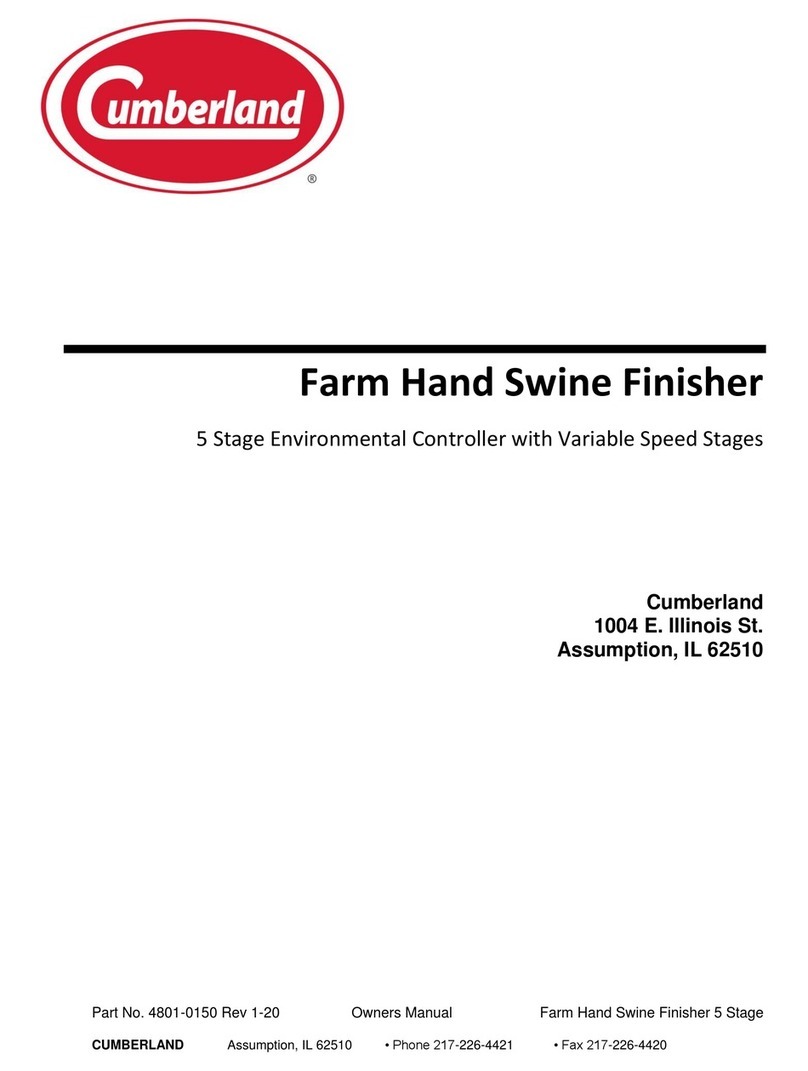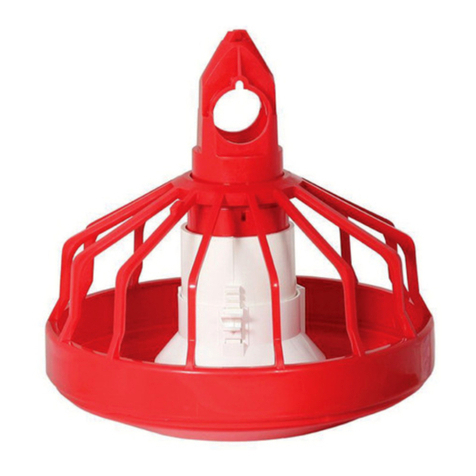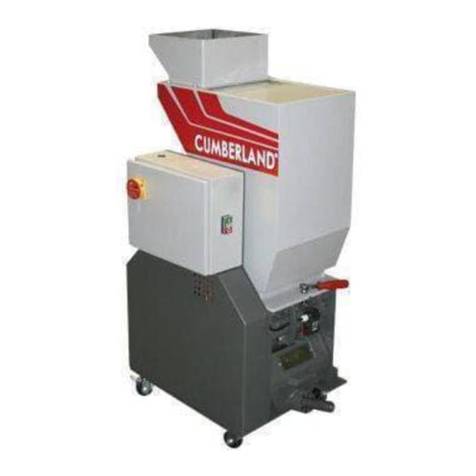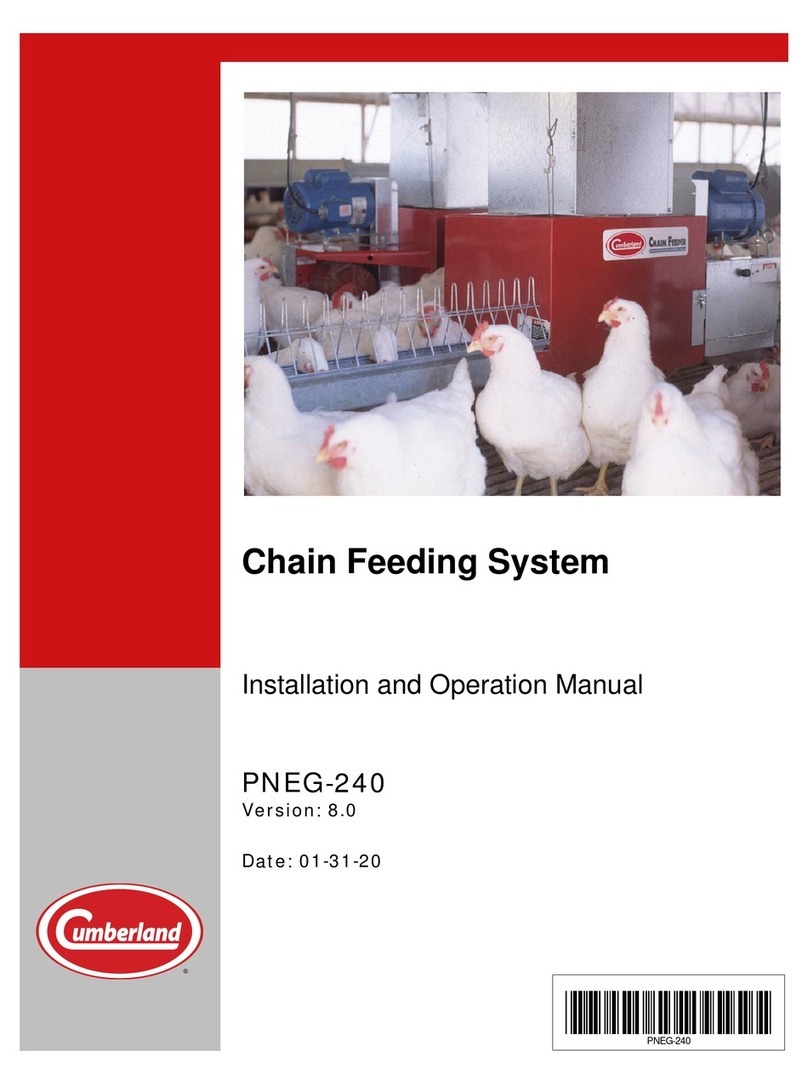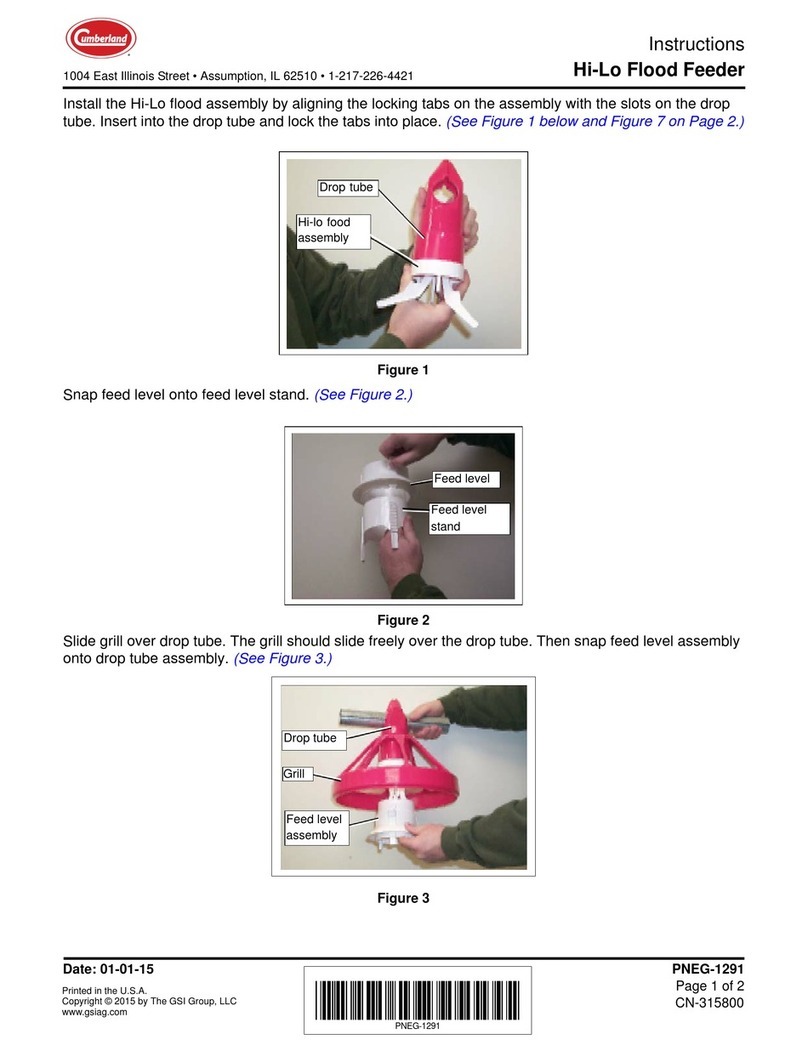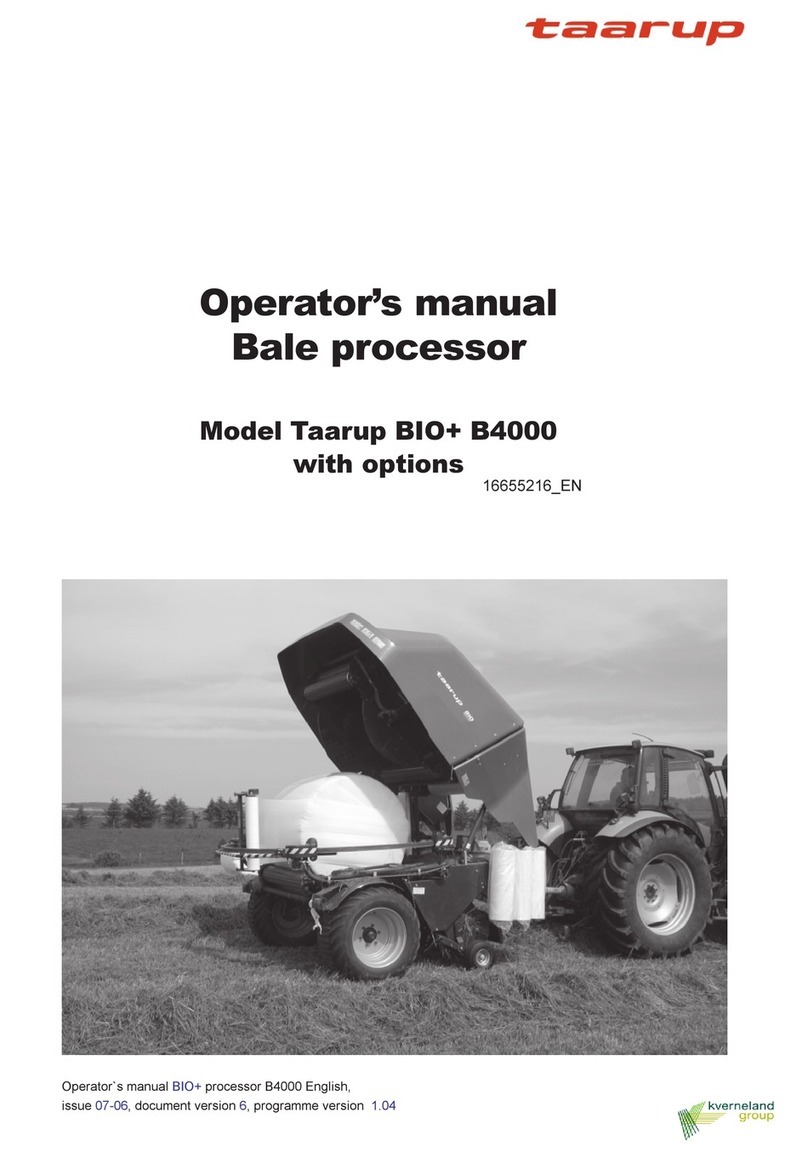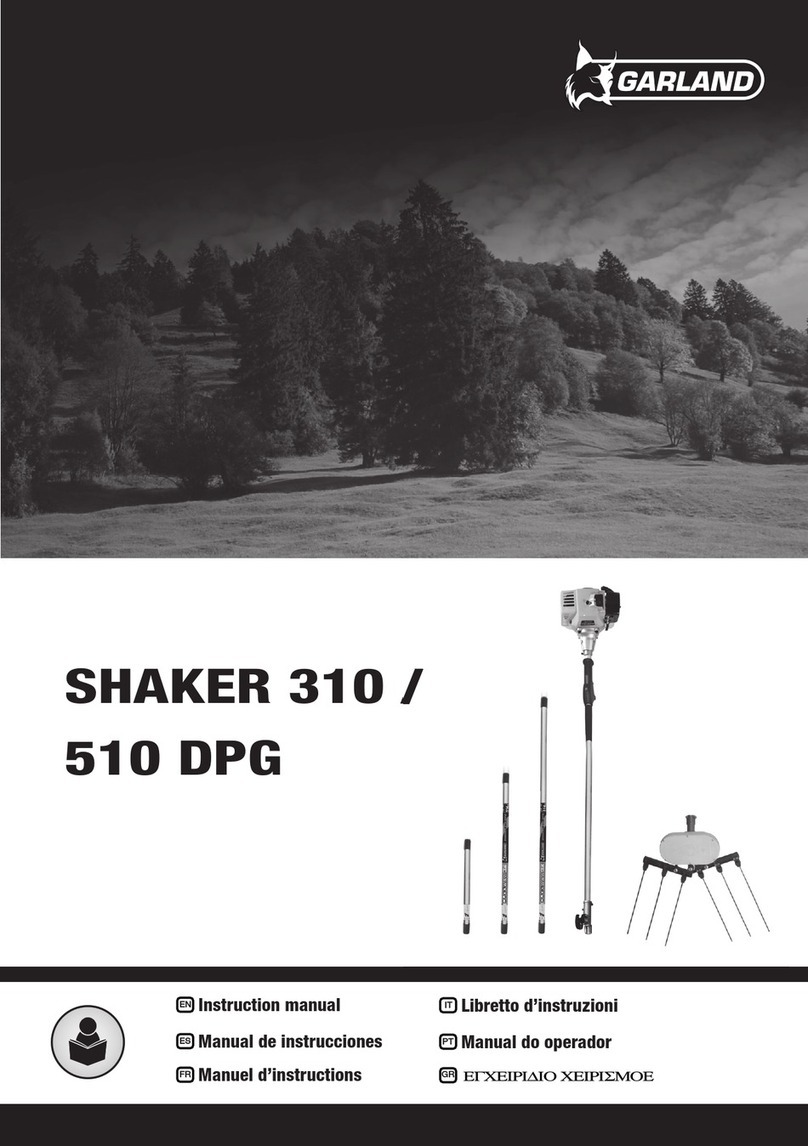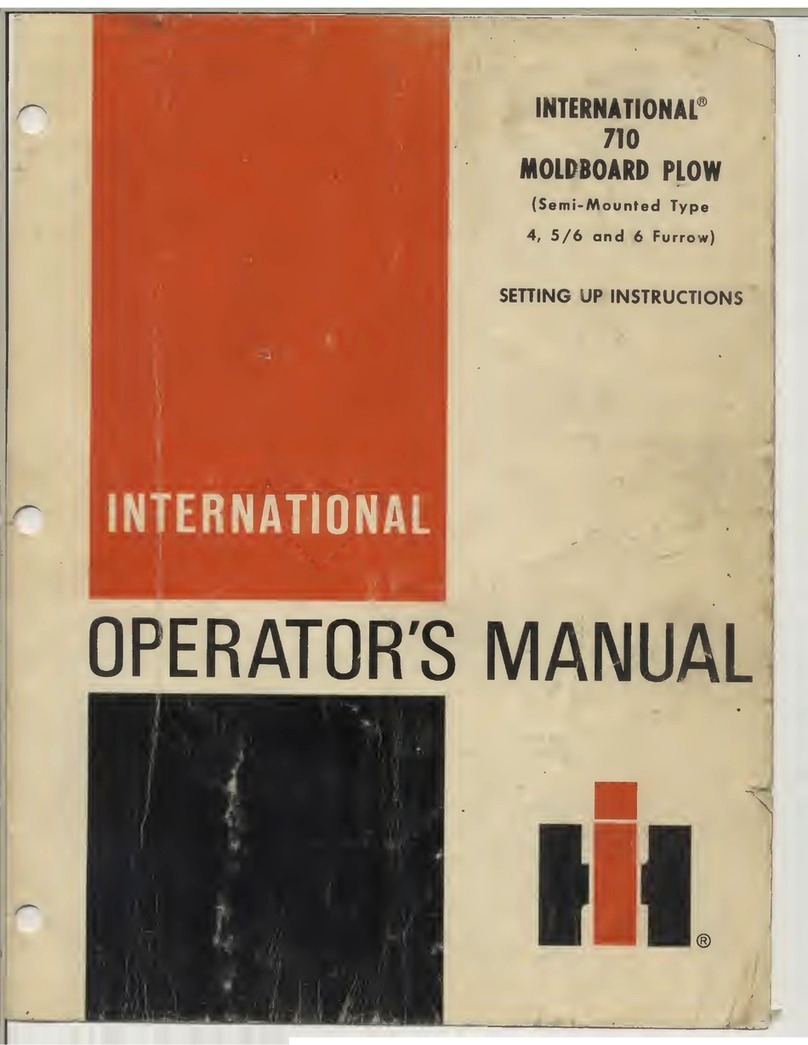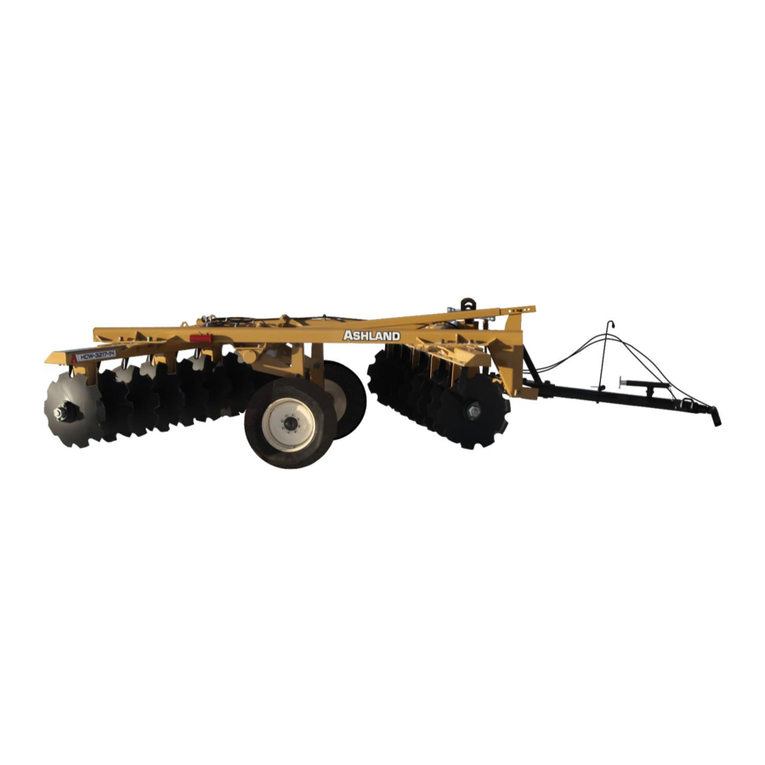
U-Series Thermoforming Granulators Safety 7 of 37
1-4 Warnings and Precautions
Our granulators are designed to provide safe and reliable operation when installed and
operated within design specifications, following national and local safety codes.
To avoid possible personal injury or equipment damage when installing, operating, or
maintaining this granulator, use good judgment and follow these safe practices:
;LEARN AND OBEY your company’s safety policy regarding granulating
equipment.
;MOVING OR LIFTING THE GRANULATOR: Although our equipment is built
and engineered for great ruggedness in operation, care must be taken when moving
the machine along the floor or lifting it. Damage may occur to sheet metal covers,
electrical cabinets, or small brackets if pressure is applied to them when moving the
granulator. When lifting the granulator, be certain of total machine weight and the
capability of the lifting equipment. (See the Granulator Specification Sheets for
machine weights and dimensions.)
;GRANULATOR LOCATION: Adequate area for routine maintenance should be
provided in order to open the machine for knife, screen, or cleanout service. Proper
service area clearances also should allow people who are working on the machine to
be clearly visible to others, thereby reducing the potential safety hazards.
;SAFE HOUSEKEEPING: The work area must be kept clean and uncluttered during
periods of operation or maintenance. No hand tools or other metal objects should be
left on or around the machine. Any tools or other metal objects that mistakenly fall
into the hopper feed opening can cause severe damage to internal cutting chamber,
rotor and screen components.
;SAFETY GLASSES OR A FACE SHIELD MUST ALWAYS BE WORN when
servicing or operating the machine. Although our machines are designed for the
maximum in flyback control, caution must be used when operating near the hopper
feed opening in order to guard against unexpected material flyback.
;EAR PROTECTION may be required when operating the machine during
granulation of very hard or noisy materials. The Occupational Safety and Health Act
of 1970 has established guidelines for Permissible Noise Exposures (OSHA 1910.95)
that should be followed.
;NEVER attempt to operate the granulator unless it is fully assembled with all guards
and interlocks in place and functional.
;OBSERVE all danger, warning, caution and safety labels on the equipment.
;Upon completion of any machine maintenance, be certain ALL SAFETY GUARDS
AND COVERS are securely and properly fastened prior to resuming machine
operation. All fasteners must be in place and properly tightened. ANY
SHORTCUTS MAY RESULT IN INJURY TO PERSONNEL OR DAMAGE
TO EQUIPMENT.
;NEVER wear any loose fitting clothes, neckties, or dangling items such as earrings,
belts, or shoestrings. Jewelry, such as wristwatches, bracelets, or rings should
NEVER be worn. Long hair must be tied back or placed in a tight fitting hairnet.
NEVER lean against or rest hands or feet on the granulator when it is in operation or
open for maintenance. NEVER stand on the granulator when it is in operation.
